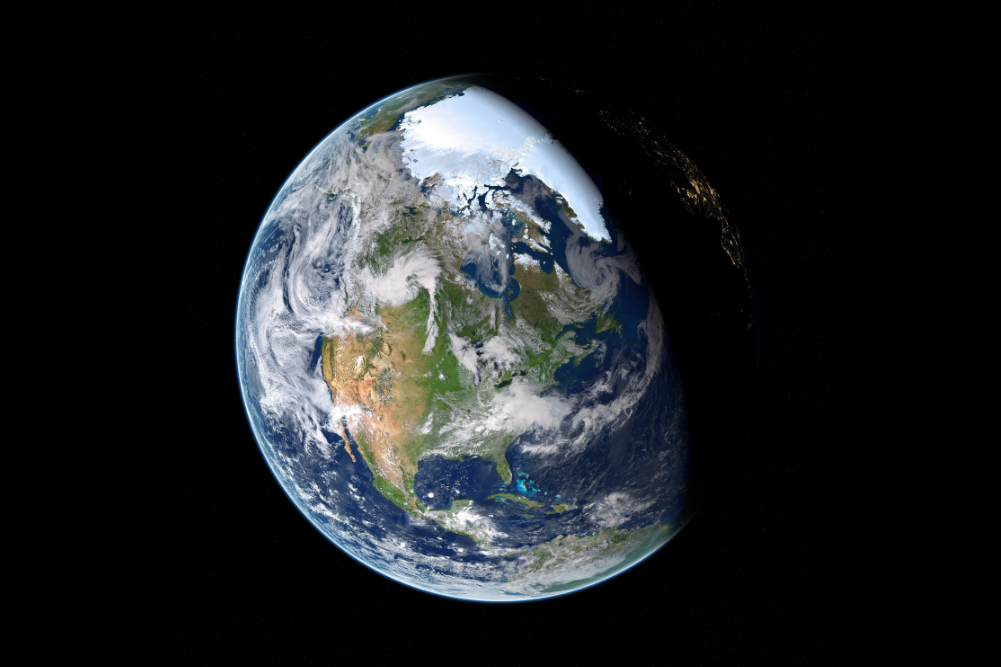Antarctic melt
You probably wouldn’t mind losing a few kilos to fit into that favourite pair of pants more easily, but when the ice sheets that sit at the southern pole of the planet start to shed tons (rather than kilos), it becomes a bad fit for everybody. Previously we have monitored the volume of Antarctic ice but the mass of the ice is actually more revealing and using new techniques researchers have found that Antarctic ice is shedding at an increasing rate.
If you measure the volume of an ice sheet you are measuring how much space it takes up. While that is important information, it can change without the amount of ice present changing. Snow and ice will compact under their own weight so their volume may decrease without there being a loss of snow or ice. Mass, or weight, however will change when ice is redistributed or lost. In this new study researchers used data from the Gravity Recovery and Climate Experiment (GRACE), a satellite mission run jointly by NASA and the German Aerospace Centre. The satellites were launched in 2002 and are due to be decommissioned in 2016 but for now they measure gravity changes to measure variations in the Earth’s mass at specific points. So using this GRACE data the researchers were able to calculate what changes, if any, had occurred in the weight of the Antarctic ice sheet from 2003 to 2014.
The data showed that on the Western side of Antarctica, the peninsula that pushes up towards South America, the ice sheet lost increasing amounts of ice from 121 billion tons of ice in 2008 to around 240 billion tons of ice in 2014. The ice sheet on East Antarctica however, did thicken during that time but it only gained half the ice that was lost in the West so the overall loss of ice each year from 2003 to 2014 averaged 92 billion tons.
The researchers make the point that there is nothing in the data to confirm an anthropogenic (man-made) role in the ice loss but they do say that it is difficult to find mechanisms that could be driving the change without man-made climate change being part of it.
The problem with the ice sheet loss is that it is a vicious cycle. In Antarctica it is ocean currents rather than air temperature that melt the ice. Melted land ice contributes to rising sea levels in a way that melting ice-bergs do not and as the ocean warms floating ice shelves melt and can no longer hold back the land ice, so more and more ice is lost ultimately raising sea levels by metres.
This research used ground-breaking techniques to arrive at their data, but that is cold comfort when we realise that while the findings are invaluable, the real interest is in what we do about it.







